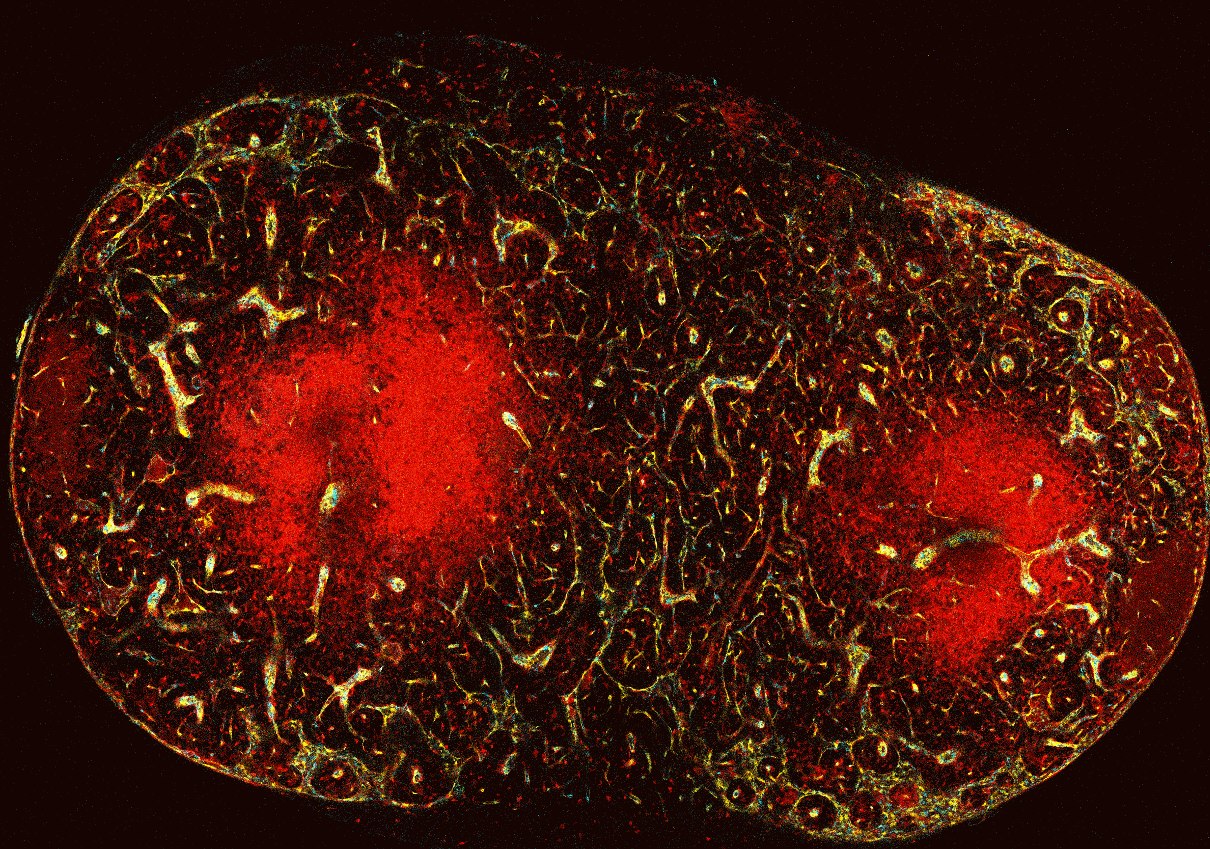Integrative imaging data sciences

Other Researches
Projects
Helmholtz Imaging Projects are granted to cross-disciplinary research teams that identify innovative research topics at the intersection of imaging and information & data science, initiate cross-cutting research collaborations, and thus underpin the growth of the Helmholtz Imaging network. These annual calls are based on the general concept for Helmholtz Imaging and are in line with the future topics of the Initiative and Networking Fund (INF).
Image Analysis & Benchmarking
Helmholtz Imaging captures the world of science. Discover unique data sets, ready-to-use software tools, and top-level research papers.
The platform’s output originates from our research groups as well as from projects funded by us, theses supervised by us and collaborations initiated through us. Altogether, this showcases the whole diversity of Helmholtz Imaging.
Model-based inverse design
At the beginning of the imaging pipeline is the data acquisition, which measures the change of an emitted signal when interacting with sample. This change can be measured physically on the one hand and modeled mathematically on the other. For a known sample, the response of the physical system can be determined from the model. Far more often, however, one would like to infer the nature of the sample from the measured response. To do this, the mathematical model must be inverted. These so-called inverse problems are at the heart of almost every imaging technique.
- Develop concepts and algorithms for handling and generic processing of high-dimensional datasets
- Develop algorithms for large, high-dimensional image data stitching, fusion and visualization
Publications
Helmholtz Imaging captures the world of science. Discover unique data sets, ready-to-use software tools, and top-level research papers. The platform’s output originates from our research groups as well as from projects funded by us, theses supervised by us and collaborations initiated through us. Altogether, this showcases the whole diversity of Helmholtz Imaging.